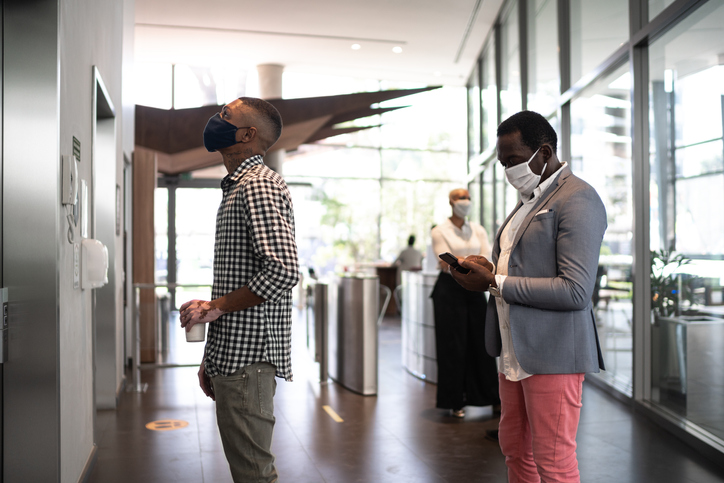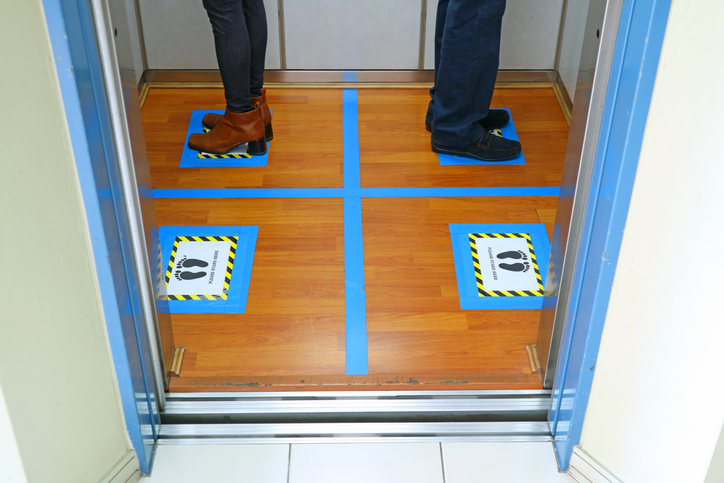Ahh, the convenience brought by elevators. There’s no secret that they play a vital role in the existence of high-rise buildings. Prior to this current crisis, we used to see it as fast-lane ticket to our destination, the best way to go without breaking a sweat whenever we are in a hurry.
Just like what Andreas Bernard, a professor of cultural studies at Germany’s Leuphana University and the author of Lifted: A Cultural History of Elevators said, “Elevators are the epicenter of urban density. They’ve always been the site where anonymity and intimacy come together in a unique way.”
However, coronavirus disease (COVID-19) has changed the way elevators are operated and treated. Going up? Well, you now have to get in line. In a hurry? You may want to rethink the time you have. Building managements have rethought new codes of etiquette and hygiene in this confined mode of transport. And as much as it feels ridiculous and trivial—yes, even in elevators, there is now a new normal.
So, if you want to keep up with this new way of riding the elevators, check out these tips we have listed:
Arrive at least 10 minutes earlier if you’re home/office is situated in high floors

Perhaps you now see more people lining up in front of elevator doors than in the pre-COVID-19 period—which means gone are the days when you can say “hold the door” whenever you’re in a hurry. Some buildings have a maximum capacity of only six people (in Dubai metro, the capacity is only two at a time), and if you’re the seventh, well just take the next one. If you don’t want such kind of inconvenience, you better rethink your traveling period and make sure the waiting time in the elevator is also incorporated in your new strategy. Otherwise, you will just be late every time.
Face the other way if you’ve reached maximum capacity

Even if the number of people has been restricted in elevators, that does not mean that the risk no longer exists. One unique way to protect yourself is to face the back or the side of a moving elevator, or any angle that is far from the faces of other people inside. It used to look weird before, but it’s definitely a wise move today.
Don’t touch your face after touching the buttons

Always make sure that you sanitize your hands first after touching the buttons of an elevator. Better yet, use gloves or tissue to press the button so as to minimize the risk of transmission.
No talking

The risk of transmission is not only limited to fomites, sneezes, or coughs. Infectious particles can also be spewed through talking, singing, and even breathing. This is why one recommended etiquette in elevators is to refrain from talking to your peers or on the phone. Save it for when you get off. While you’re inside, just keep everyone safe.
Practice distance and wear a mask

Does these need any explanation? These rules and etiquettes cannot be stressed enough, even in other areas and places. Just adhere to these and you’ll be okay. Happy riding!




